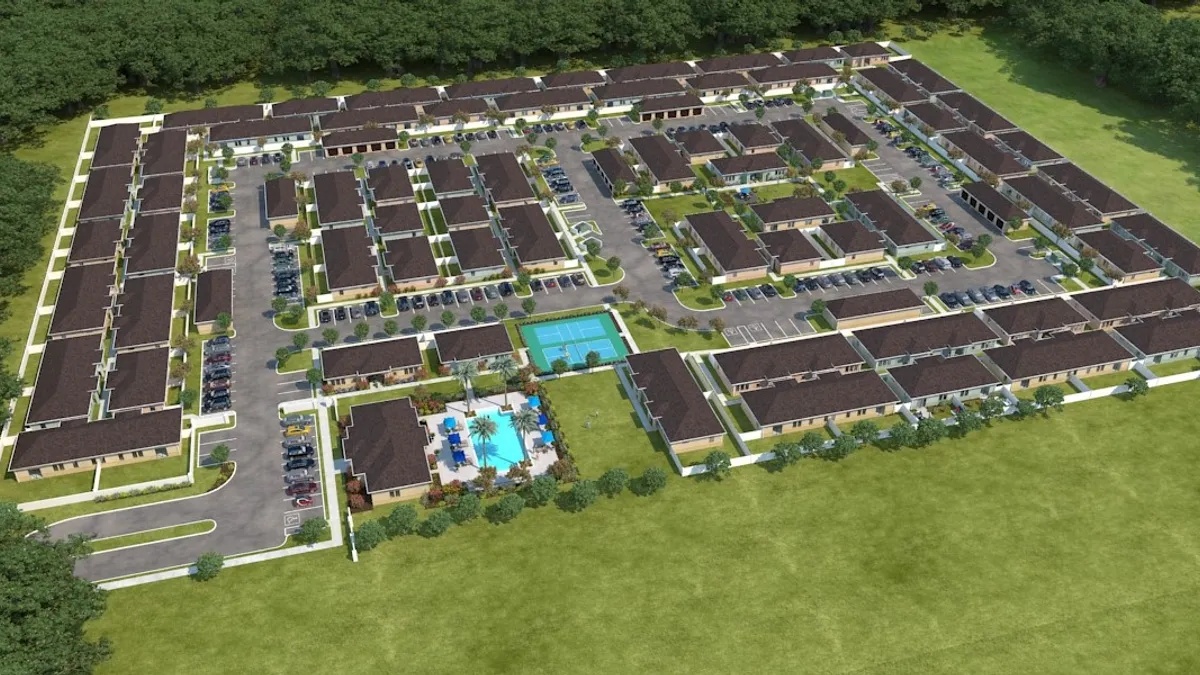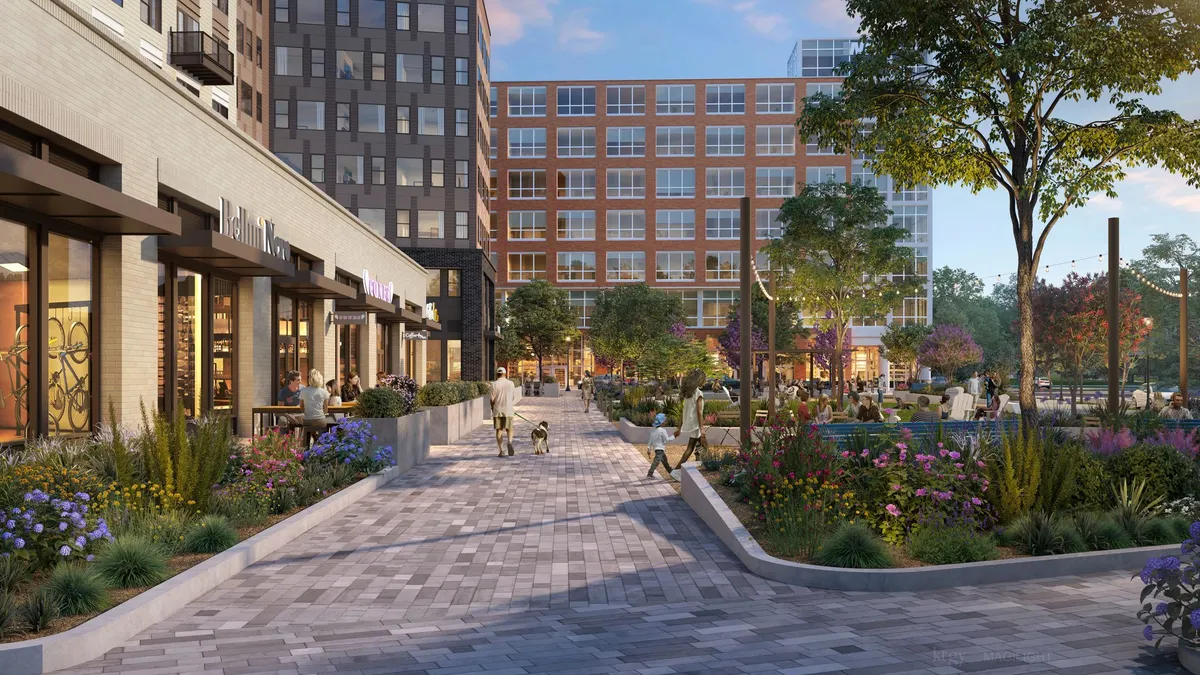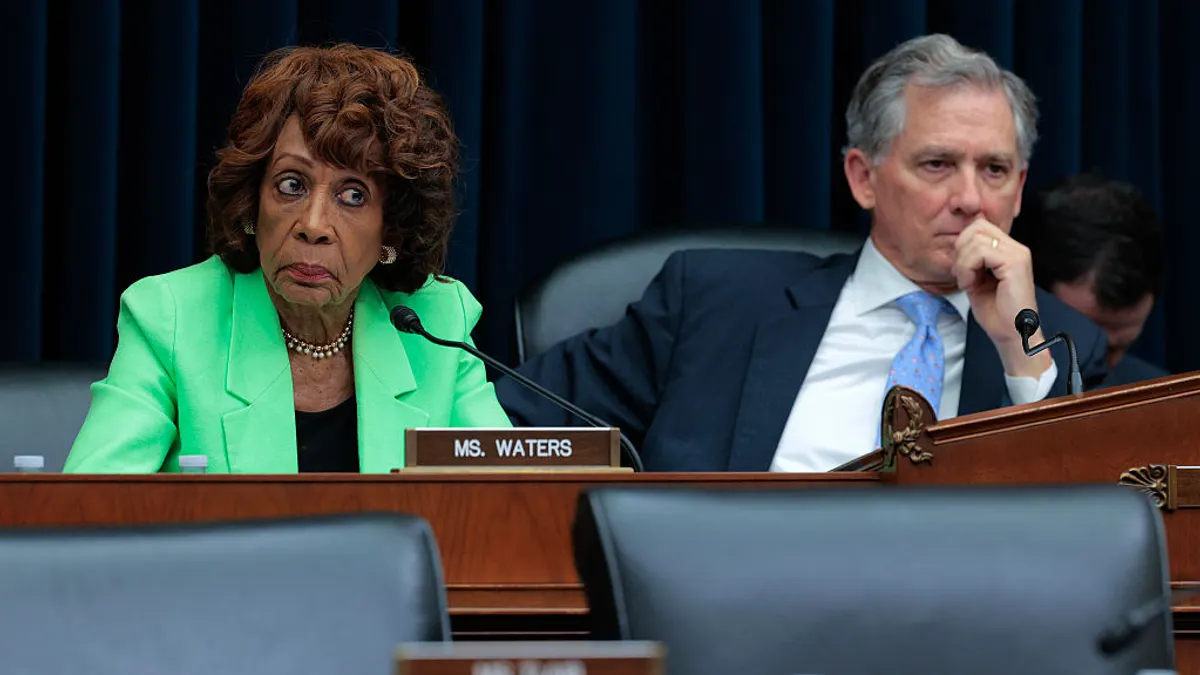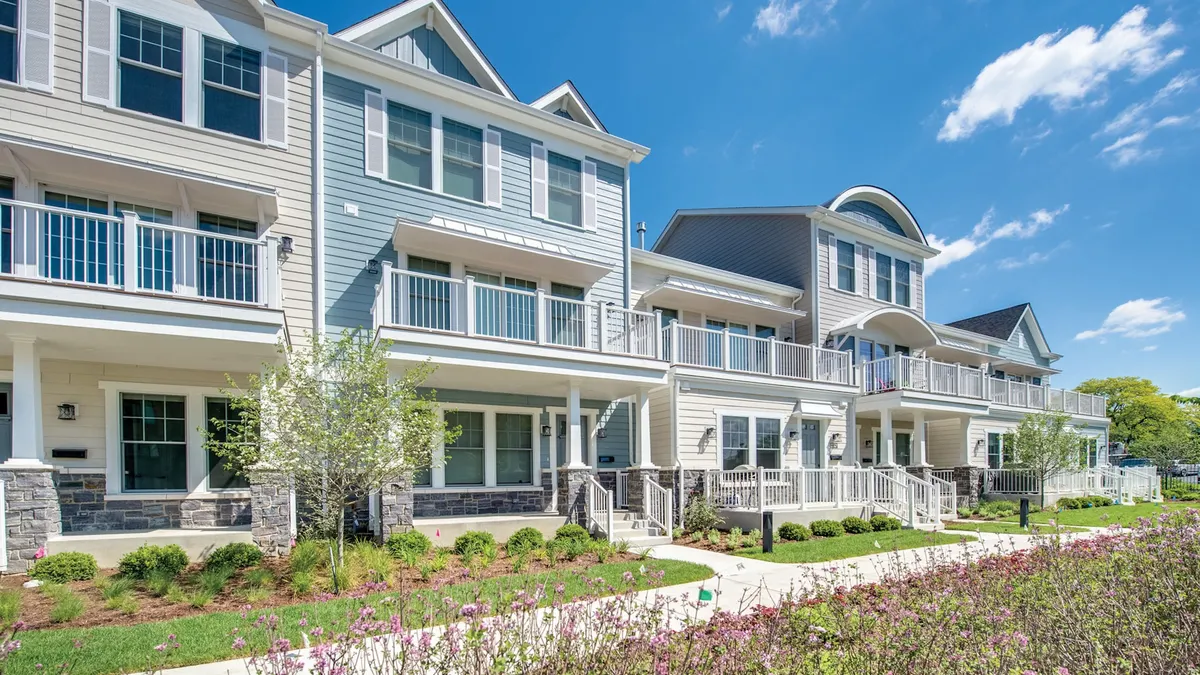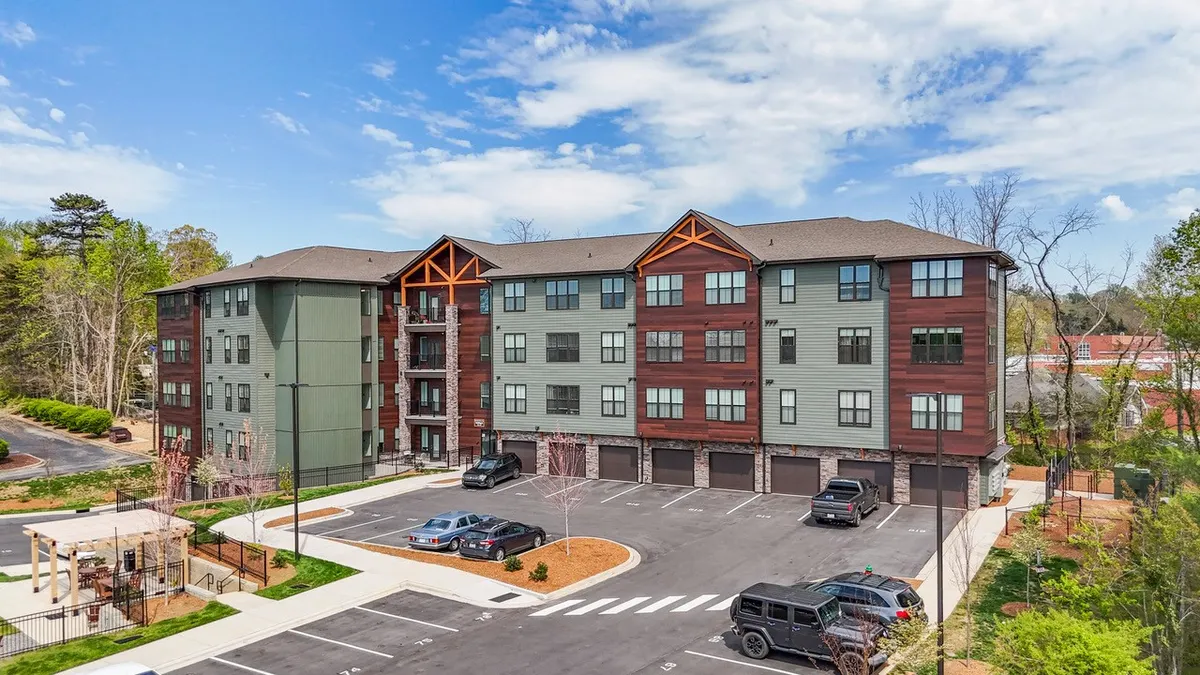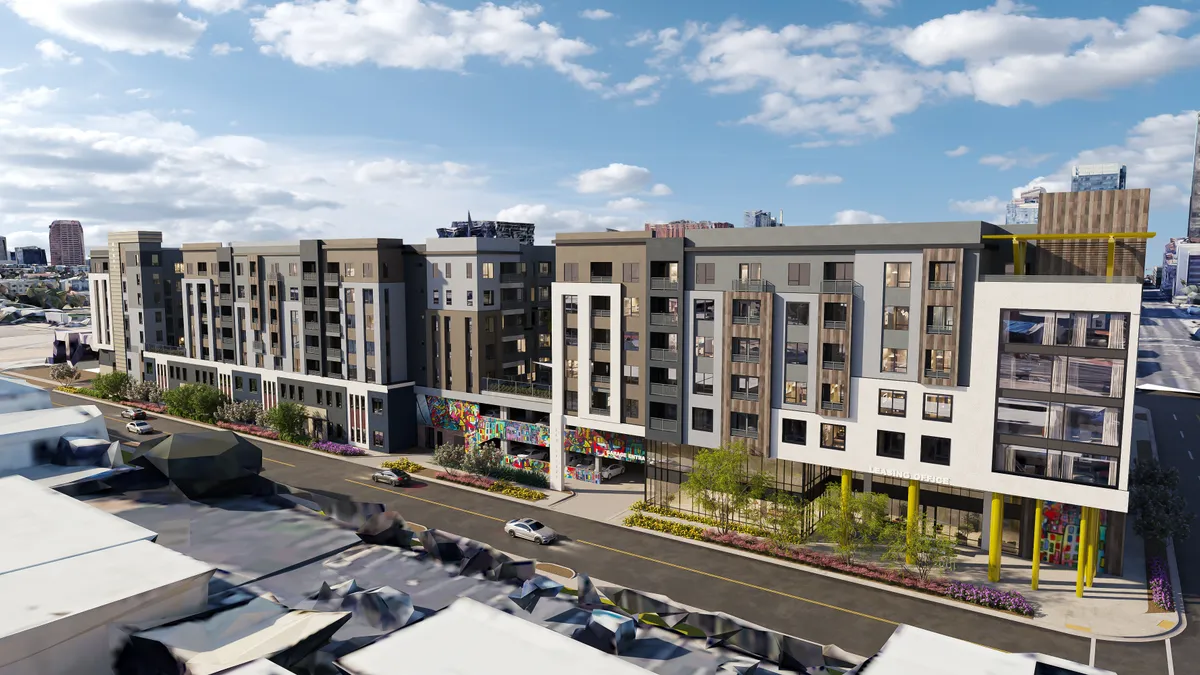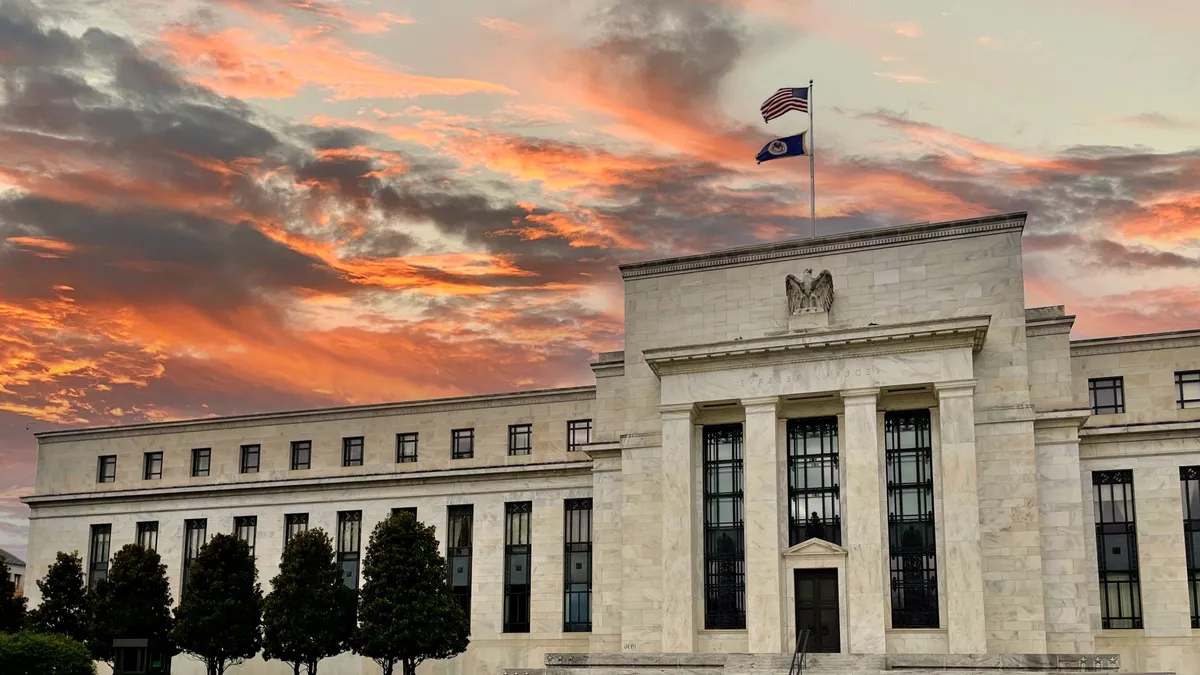It’s doubtful many apartment developers know the Florida market better than Jay Jacobson.
For decades, Jacobson has weathered the ups and downs of building in the Sunshine State for companies like Atlanta-based Wood Partners, Stiles Residential Group in Fort Lauderdale and now Eden Multifamily, a firm he founded with CBRE alum Jay Massirman in 2015.
Eden currently has 1,130 units throughout central and South Florida under development. It recently formed a joint venture with Great Neck, New York-based Sterling Equities to target 2,500 starts per year in markets throughout Florida, Georgia, the Carolinas and Tennessee, Jacobson told Multifamily Dive.
“We are concentrating on just providing housing,” Jacobson said. “We look at everything from simple three-story surface parking, walk-up apartment deals to high-rise apartments. We cover all different asset classes and all different price points. We are price-agnostic.”
But that’s not all Eden does. Under its Eden Living banner and in a partnership with America’s Capital Partners’ Principal Sergio Socolsky, the company also produces a horizontal build-to-rent product, including the newly announced 130-unit project on 15 acres that it recently acquired in Wildwood, Florida (pictured above).
Here, Jacobson talks with Multifamily Dive about his deal with Sterling Equities, the increased cost to build and rising rents.
This interview has been edited for brevity and clarity.
MULTIFAMILY DIVE: What was the impetus behind the deal with Sterling?
Jay Jacobson: We wanted to expand geographically. Up until now, it has just been Massirman and me providing capital and balance sheet support for everything we do. Like every developer will tell you, every deal takes $1 million in cash before putting a shovel in the ground.
So we started looking for a strategic partner group that we could work with that is not institutional by definition. We just like working with people we know. So we started some conversations with the Sterling folks. I've known Michael Katz, one of the partners, for 25-plus years. One conversation led to another over a period of about four months and we signed a partnership agreement.
What characteristics are you looking for in the markets that you’re moving into?
In the last five or six years and moving forward we’re looking at job growth. You’ve got to have jobs. It's one thing to get population shifts and population growth in certain markets, but I look at where the jobs are going and being able to build the population growth on top of the jobs.
You’ve traditionally had a lot of migration into the state of Florida for various reasons but it wasn’t necessarily because of job creation. You get a lot of migration from South America, Central America and Europe. People come here because it's a great place. And that's the way it used to be.
Now there's a lot of job creation so people are coming for that. But just because you have population growth doesn't necessarily mean you get employment growth, where people could actually afford to pay rent.
So that's what we're looking for. We're looking for markets that have current and future employment potential.
How are rising interest rates affecting your ability to get deals done?
It's an issue. Returns will be squeezed. Equity requirements will go up. The cost of projects will go up, of course. But there's so much capital in the system that increasing equity investment at the front of a deal may be the norm moving forward as debt costs go up.
In the last three or four construction loans we closed, we were like 2.25% over the new index, SOFR, and with no floor. It's almost like free money. Those days are over. The Fed keeps raising the cost of borrowing. That's just where the world is going.
What does this do to the cost of constructing a new building?
Add the higher cost of borrowing on to construction cost increases. The municipalities are also getting on the bandwagon. Impact fees are going up all over, and the cost of business is going way up.
You're still building and you're still making money. But the entire delivery chain of a product is getting more expensive. The people that get squeezed are the renters. The days of folks thinking they can rent a new apartment using 30% or 35% of their gross income as a benchmark are long gone.
We're seeing people coming into our leasing centers and we know it's up to 40% or 45%. Some people stretch above that. It means they put off other major purchases. They're not buying or leasing a car as often as they'd like to.
But there has to be a cap at some point. People can’t just keep paying more in rent, right?
There always is and you reach those inflection points. When that happens, people start doubling up. The folks renting an expensive one-bedroom will get a roommate and get a two-bedroom. The split of rent will cost a little bit less. You just make different choices.
And when the property owners start seeing that, we usually start looking at occupancy trends and leasing trends. So when you start seeing that you're going from 98% occupancy and people standing in line in your sales office trying to rent an apartment down to 92% occupancy and struggling to get people in the door, you start moderating rent. That happens. It's just how the industry works and how it has always worked.
Then you get some rent moderation and revert to the mean a little bit. And these double- and triple-digit rent increases over the last few years go away to a more normalized basis. I've been in this business long enough to know that if you own a project over 10 years and your average rent growth is about 3%, you're doing great.
Click here to sign up to receive multifamily and apartment news like this article in your inbox every weekday.


